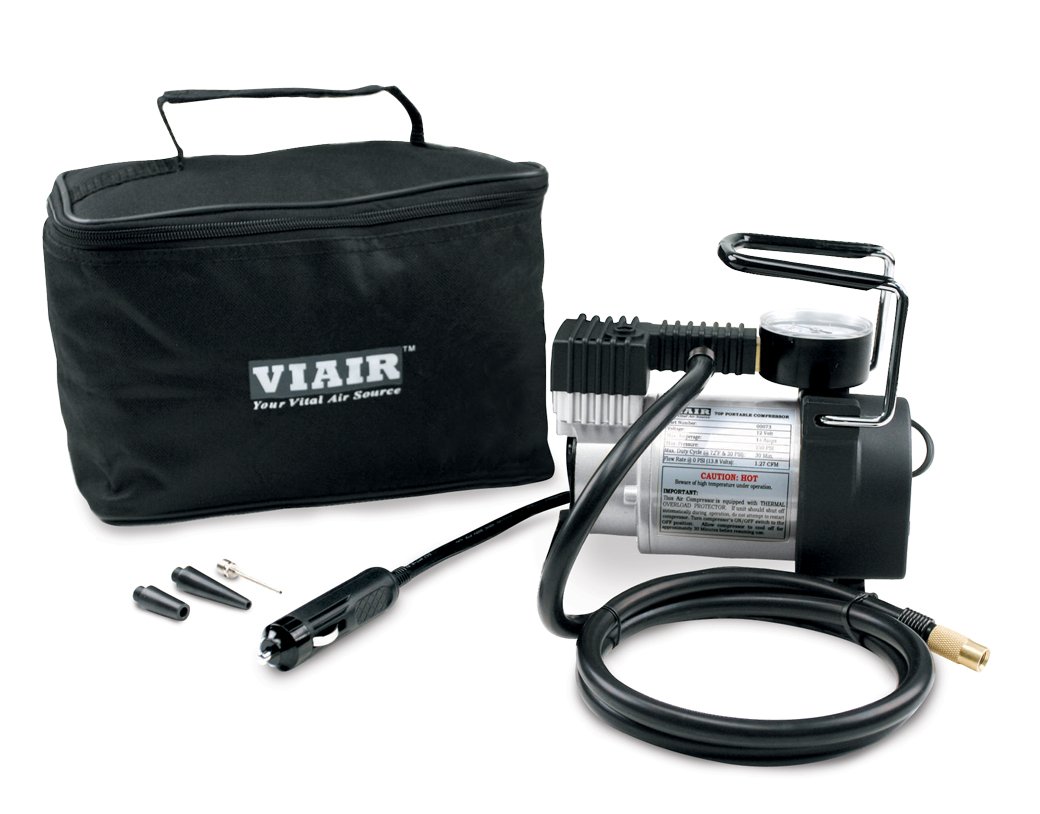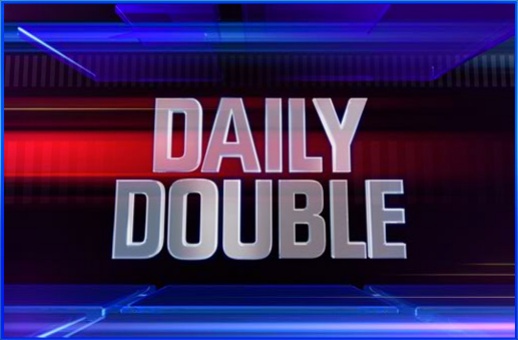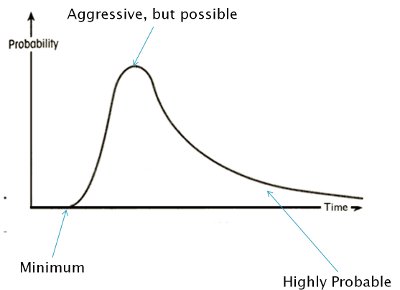The content on the promo site was pretty light. On the landing page, there were three features demonstrated by animations; however these really just boiled down to joining / snoozing a meeting, filtering emails by sender, and viewing an org chart. They didn't preview any features that were truly innovative. They included the personas that were designed for, but offered only sound bites of what each persona would say about Verse rather than a deeper peak at some features that are most useful to each persona. I would have loved to learn more about the top five prioritization as opposed to just reading two personas talk about it.
And then there were the videos. I particularly appreciated them sprinkling infomercial elements across the playlist... an infomercial cliche ("There's got to be a better way!") as a title for one, and another cliche ("Today's tools just aren't up to the task!") and an infomercial-worthy still (below) in another. I don't know if it was intentional, but I'll give them the benefit of the doubt and applaud it.
 |
| Still from an IBM Verse promo video, or a 5-hour Energy ad? |
But wait, there's more! In the videos, we also learned about Reply vs Reply All and heard one of their execs awkwardly string together some buzzwords ("Cloud! And mobile! And social! And analytics!")
Please IBM, you could have sold us on this a lot better.
Videos aside, there seemed to be nothing that revolutionary in the new offering. As I see it, some features that they highlighted already exist:
- Contact Cards: These exist in Outlook under the same name
- Web Preview: Exists in Outlook.com and Gmail, and in-message preview exists in Outlook
- Team Analytics: This appears to just be a prettier version of the Organization feature in Outlook
- Mute: Exists in Outlook as the extremely awesome Ignore function (more on that at another time).
- Faceted Search: Exists in Yahoo email, although it could use some tweaking. As it is, I rely on the advanced Search capabilities in Outlook (Search: from:charles subject:scope hasattachments:yes ext:pdf received:last month). It's fast and powerful.
 |
| Outlook Ignore / IBM Verse Mute |
So not so much a new way of working. but more just playing catch-up with those features. That said, some of the features they highlighted had potential:
- Calendar Bar: This simple and elegant representation of your daily calendar at the bottom of the screen is a feature that I really like--this is definitely a great way to keep an eye on my day and join meetings quickly
 |
| Calendar Bar: So simple but so awesome. |
- Post to Blog: Although this feature could get some good use in the right setting, I can already easily add emails to our collaboration software at work (Jive) just by forwarding them
- Prioritization: This was mentioned on the personas page, with the persona sound bites referencing top five lists... would love to learn more about this
So a few of the features they mention are interesting to me. I'll admit that I could be an outlier in that I don't see utility in the person-centric model they are using for Verse. Perhaps others are very excited about it.
Here's what IBM's competition is doing that they should incorporate into Verse if they haven't already:
 |
| Outlook.com Sweep... love this feature |
- Outlook.com: Sweep: Keep just the most recent email or type of email from a given sender, or opt to automatically delete them after a certain time
- Gmail: Throwaway Email Addresses: Easily create disposable email accounts by using the + symbol after the username part of an email address. The only issue with Gmail's approach is having to manually create a filter to delete emails to that address if they start getting spam (this could easily be one-click).
- Google Inbox: Reminders & Assists: I haven't spent too much time with these features, but they have promise
- Reply Required: Intelligence to track whether my email requires a reply and track whether I get one. I'm imagining some combination of Bayesian classifier and text analytics that looks for questions or key phrases to figure this out. I don't know if this is what might be suggested by the "Waiting On" section in IBM Verse... if so, very cool.
- Auto Delete / Archive: Intelligence to automatically delete or archive emails that have expired. For example, if I have an email about a server outage that happened last week, can't that be deleted automatically? Or if there was a 20% off sale that ends on December 1st, can't that be deleted once the sale has expired?
- Email Expiration: Slowly expire certain emails (e.g., newsletters, marketing emails, etc.), and present the expiring emails to me in an intuitive way so I know whether I'm about to lose an email for good.














